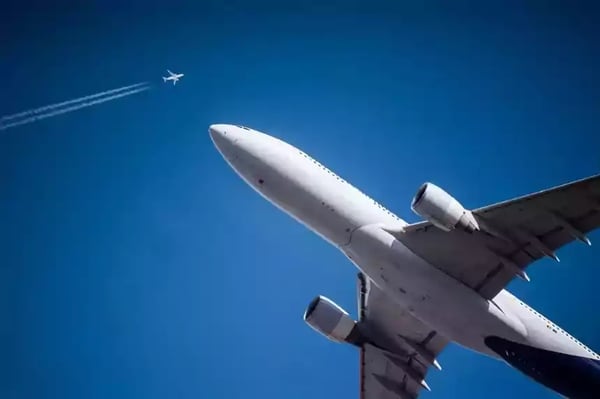As technologies continue to advance, aviation maintenance teams must be prepared to keep up. While the prospect of new advancements may be daunting, embracing emerging technologies can help save time, increase safety, and reduce costs. Let’s take a look at what’s coming next in aviation maintenance and how these new technologies will affect the industry.
The Internet of Things (IoT)
The Internet of Things (IoT) is already revolutionizing many industries—including aviation maintenance. IoT-enabled systems can collect data from sensors and transmit it wirelessly to a central control system for analysis. This allows maintenance teams to monitor aircraft performance in real-time, enabling them to detect issues before they become major problems. By utilizing predictive analytics, teams can anticipate potential issues before they occur and address them proactively instead of reactively.
Augmented Reality (AR)
Augmented Reality (AR) is another technology that is rapidly gaining traction in the aviation industry. AR systems allow technicians to access real-time information while they are working on an aircraft, such as repair instructions or spare parts lists. This makes it easier for technicians to quickly identify the right parts and complete repairs more efficiently than ever before. Additionally, AR systems have been used to provide remote guidance and assistance during repairs, allowing experienced technicians to guide less experienced ones without being physically present.
Robotics
Robots are already being used in various aspects of aircraft maintenance, such as inspecting parts for flaws or performing simple repair tasks like replacing panels or changing tires. In addition, robots can be used for hazardous tasks that would otherwise require humans to enter dangerous areas or work in hazardous conditions—such as inspecting fuel tanks—greatly reducing risk for workers while still providing reliable results.
Artificial Intelligence (AI)
Finally, Artificial Intelligence (AI) has also been making waves in the aviation industry in recent years. AI-powered systems can be used for predictive maintenance processes by continuously monitoring aircraft performance and predicting when components need servicing or replacing based on their usage history or environmental conditions. Additionally, AI-driven robots are increasingly being employed for inspections and repairs in hard-to-reach areas such as wings or engine nacelles—reducing risk by eliminating the need for personnel to perform these difficult tasks manually.
Emerging technologies are transforming virtually every aspect of aviation maintenance operations—from predictive analytics that allow technicians to anticipate potential issues before they happen to AI robots that make it easier to inspect hard-to-reach areas safely and cost effectively. In order for aviation maintenance teams to stay ahead of the curve and remain competitive in this rapidly changing landscape, they must embrace these innovative tools and leverage their capabilities fully in order to maximize their efficiency and effectiveness while minimizing costs and increasing safety margins. With so much potential at stake, staying current with emerging technology trends could very well be the difference between success and failure in today’s fast-paced world of aviation maintenance operations.


 Andy Graham
Andy Graham
 If you are interested in knowing how you can improve your efficiency in maintenance operations, book a 30-minutes discovery call with us.
If you are interested in knowing how you can improve your efficiency in maintenance operations, book a 30-minutes discovery call with us.
.webp?width=600&name=blog%2084%20(1).webp)
